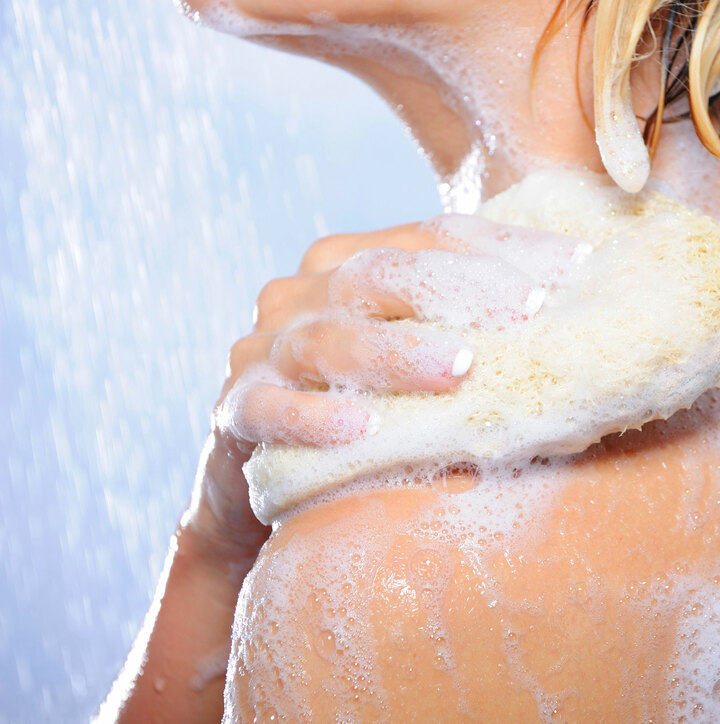- A soap formula was written on a Babylonian tablet around 2200 BC
- The first soap bars appeared in ancient Rome around 1000 BC, they were made of animal or vegetable fats, bones ashes and wood/plant extracts
- Greek poet Homer described sulphur as an effective disinfectant, while Arabians were the first to mix skin cleansing ingredients in a manner similar to today's soaps
- Soap-making became established in Marseilles (France), Savona (Italy) and Castilla (Spain) during the 9th and 10th centuries
- Louis XIV adopted the first soap purity requirements in 1688
- In the early 19th century, attitudes toward water changed and washing without water was gradually replaced by bathing and using vinegar-based toiletries
- In the 1860s Dr. Joseph Lister's discovery that carbolic acid had antiseptic properties revolutionised British hospitals
- During the first half of the 19th century, Dr. Ignaz Philipp Semmelweiss realised that germs could be transmitted by hands, prompting doctors to scrub their hands with chloride of lime
- The first soap factory opened in England in the mid-19th century, followed closely by Ernest Solvay's discovery of a process to produce soda, a basic soap ingredient, on a large scale
Body Care
Products:
Soaps, antiperspirants, deodorants, body washes, shower gels, body lotions
Did you know?
Benefits
- Antiperspirants and deodorants enhance comfort and hygiene by helping avoid excessive perspiration and resulting body odour
- Non-soap detergent bars enable mild cleansing for consumers with skin conditions (eczema, rosacea, mild atopic dermatitis, etc.)
"I wish my deodorant would work harder in tune with my activity..."
